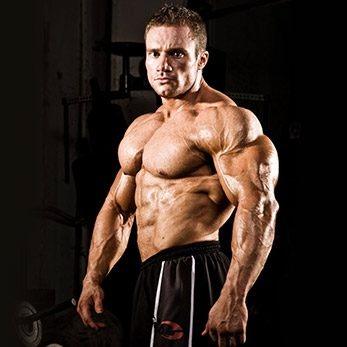Guia de compra de barras para entrenamiento en casa

¿Qué sería de un entrenamiento en casa sin utilizar barras? Las barras son las reinas del peso libre. Por eso, si estás buscando algunas para entrenar en casa ya habrás visto que existen una gran cantidad de tipos, calidades y precios donde elegir.
Las barras las puedes encontrar en diferentes tamaños y tipos: desde barras rectas hasta olímpicas que se usan para levantamientos pesados y halterofilia. Vamos a ver cuáles son los tipos más importantes que podemos encontrar.
Tipos de barras
Barra recta
La barra más común que podemos encontrar en todos los gimnasios. Varían mucho en calidad y peso máximo que suelen soportar, y son las mejores para ejercicios básicos: press banca, peso muerto, sentadillas, press de hombros, etcétera. El peso que suelen soportar varía de 60 kilos en las barras huecas hasta 400kg en barras olímpicas.
Barra olimpica
Barra EZ
Barra hexagonal
If you’ve ever performed a barbell exercise in a commercial gym, this is probably the bar you are accustomed to. Power bars are the most common type of barbell. They’re typically 7 feet long and fairly rigid, though they do bend a bit when heavily loaded. They vary greatly in quality as well as the amount of weight they are able to support.
Most bars are made from American steel and its quality can be the difference between a good bar and a bad one. Some steel has the ability to bend a bit and rebound, which is known as the bar’s “whip.”
Bars also have a grooved or “knurled” part that allows you to get a better grip on the bar. The knurling on cheaper bars tends to be smoother, which doesn’t allow for optimal grip.
These bars are best for traditional strength and power exercises such as the bench press, squat, deadlift, overhead press, Romanian deadlift or bent-over row. Most power bars can handle anywhere from 600lbs with a standard bar to 1,200lbs with a competition bar. They range in price between $50-$1,000.
Although you can use these bars for a wide variety of exercises, there are some minor nuances that make some power bars better for some exercises than others – such as the thickness, knurling, and whip. As you get stronger, this becomes increasingly important for the heavier lifts such as squats, deadlifts, and bench press.
Squat Bar – This bar will always have knurling in its center to help grip the back of your shirt to ensure it doesn’t slide on you. Bars without the center knurling aren’t the best for squatting. Squat bars tend to have a thicker diameter and have very little whip to them.
Deadlift Bar – This bar will have a little more whip to allow it to bend so you can ‘take the slack out’ of the bar before you pull, which gives better bar speed off the floor. The bar itself tends to be slightly narrower in diameter with sharper knurling to give you a monster grip.
Bench Press Bar – This bar has almost zero whip to prevent the bar from bending at all, allowing for a more stable press. It also has a slightly thicker diameter to help it sit better in your hands.
Bar Weight: 45lb (but some with thicker grips can be 55lb).
Deja una respuesta

Guías relacionadas